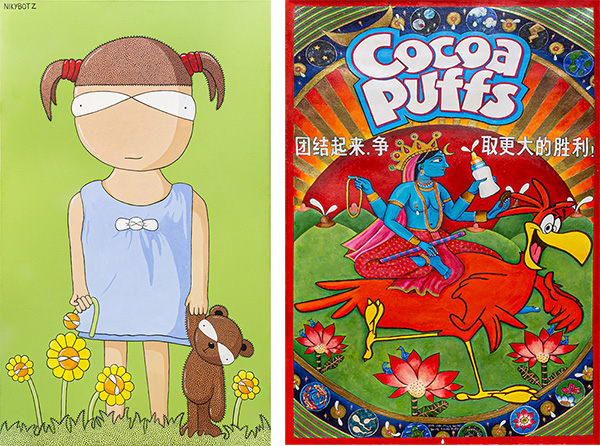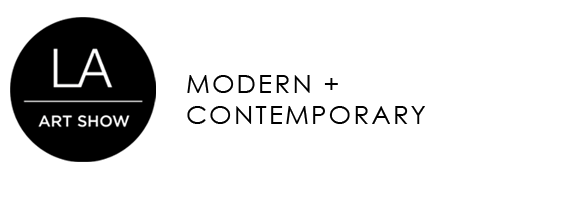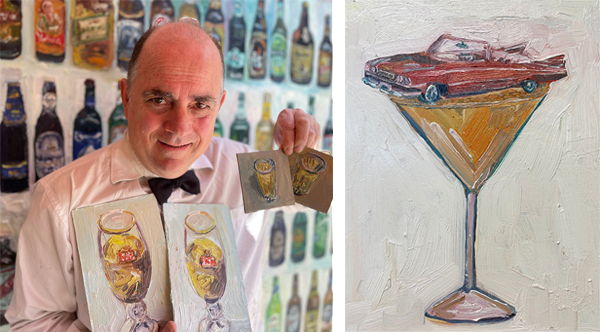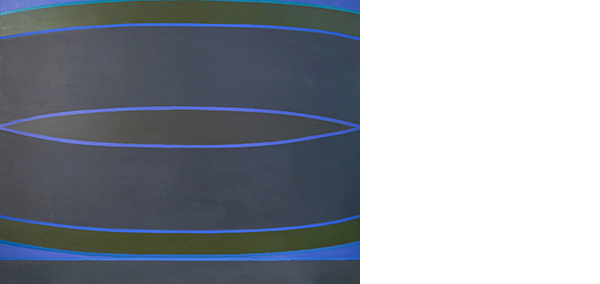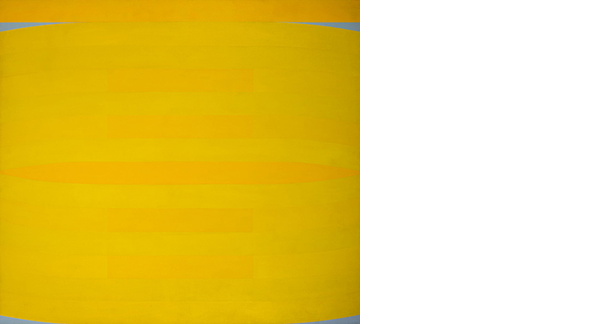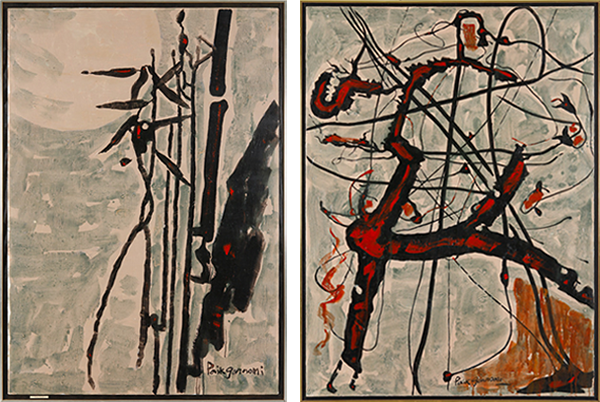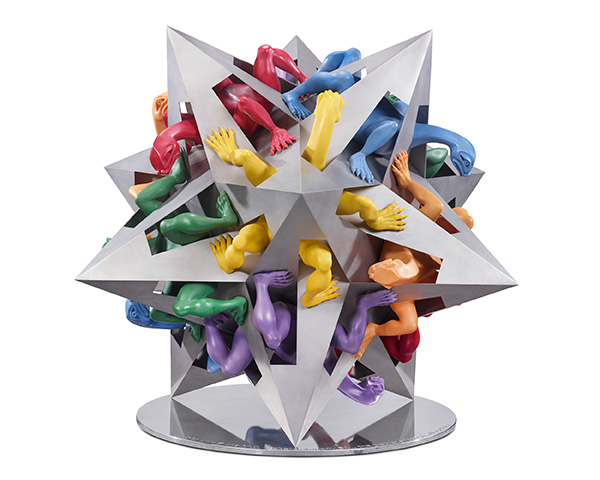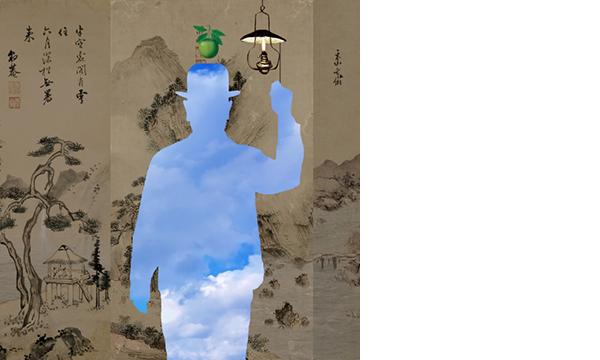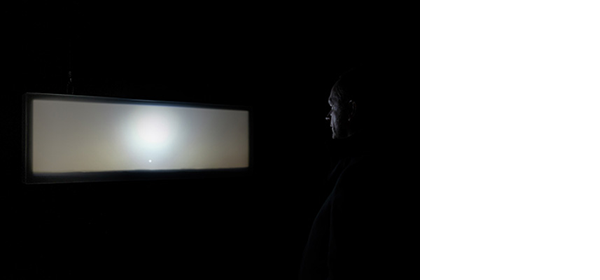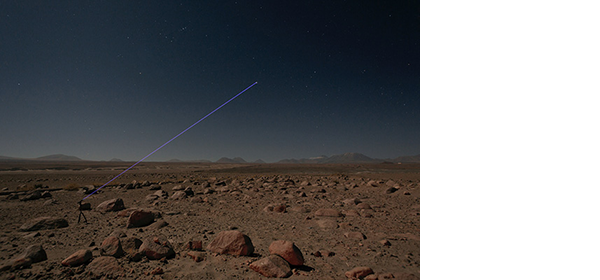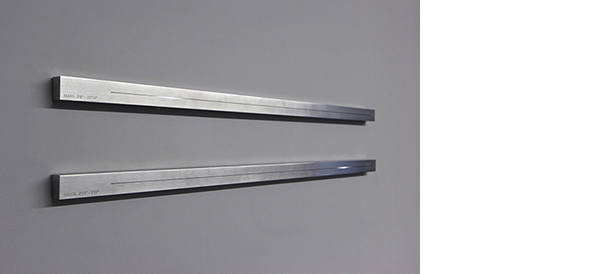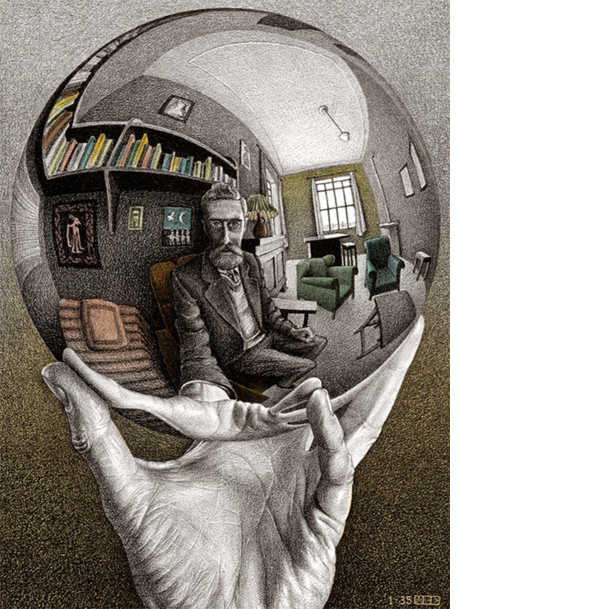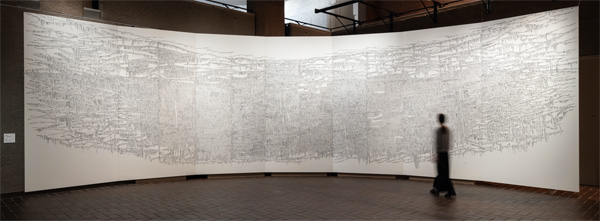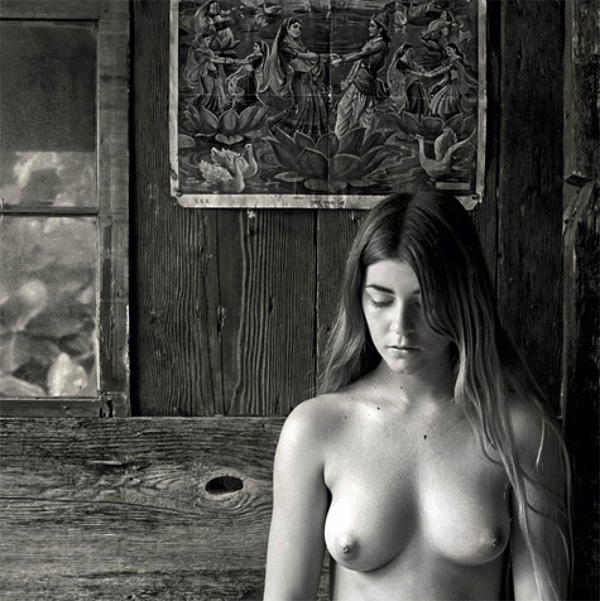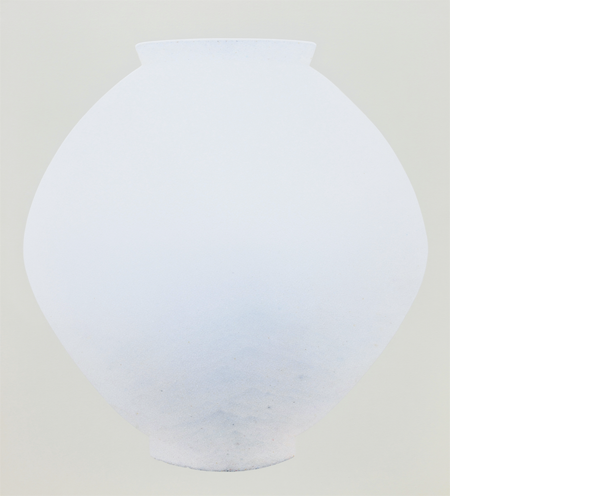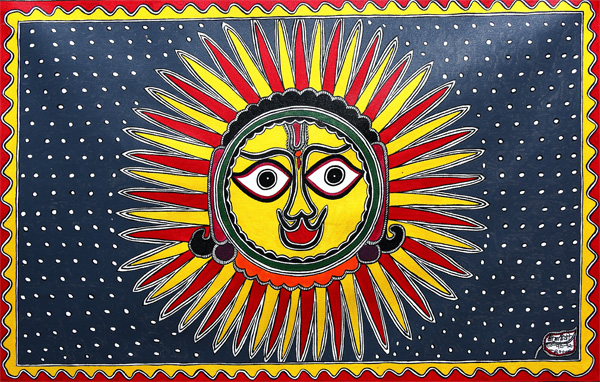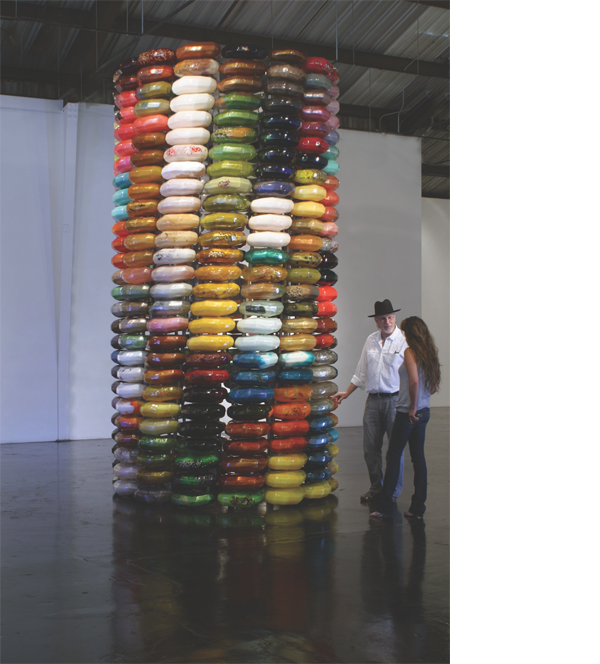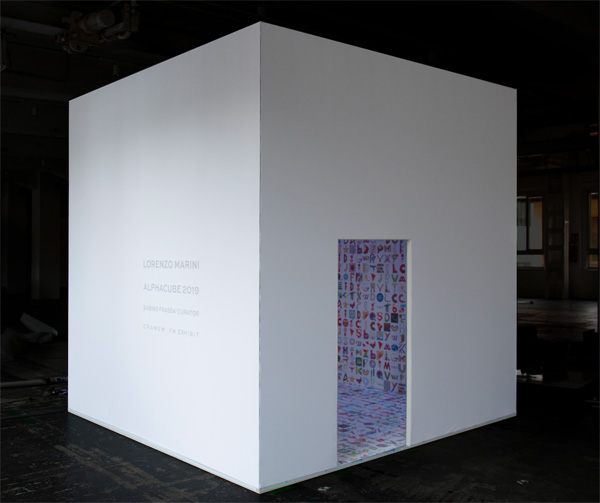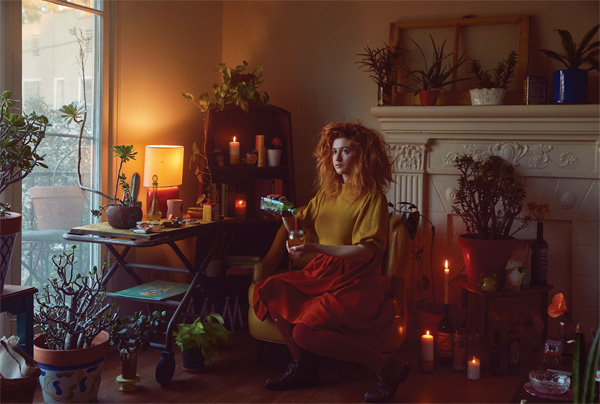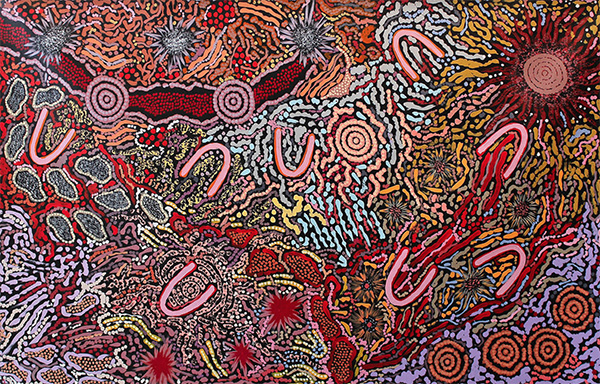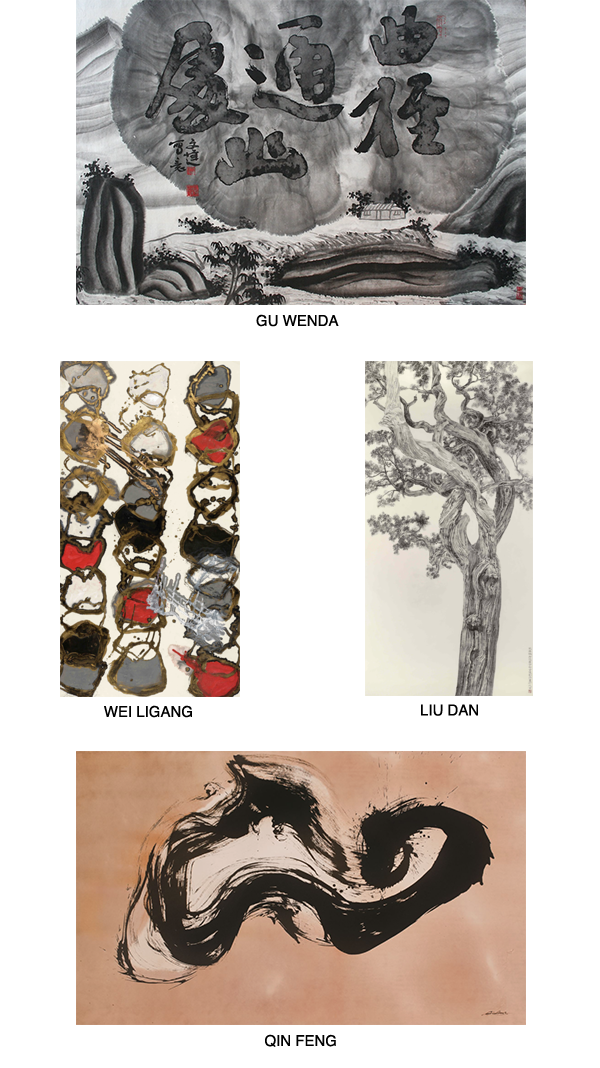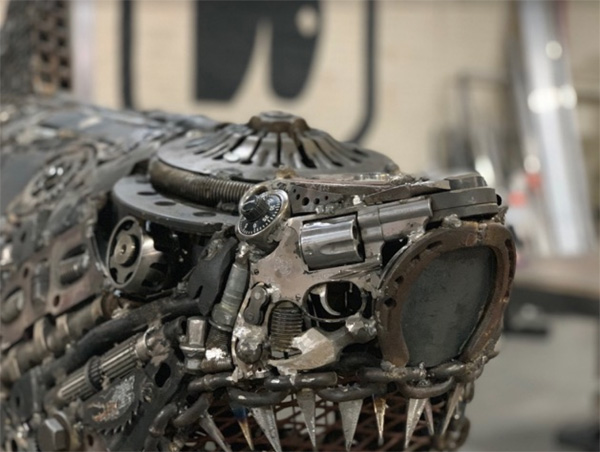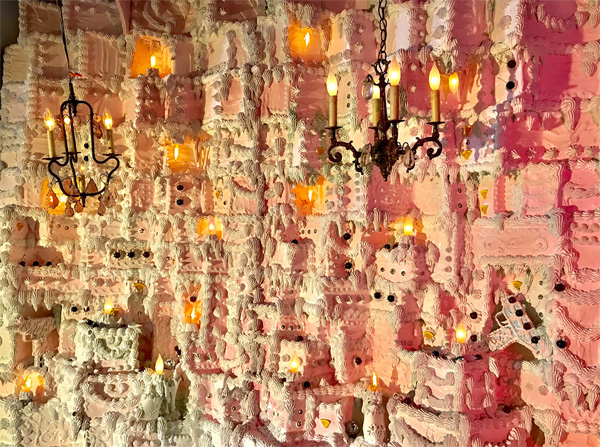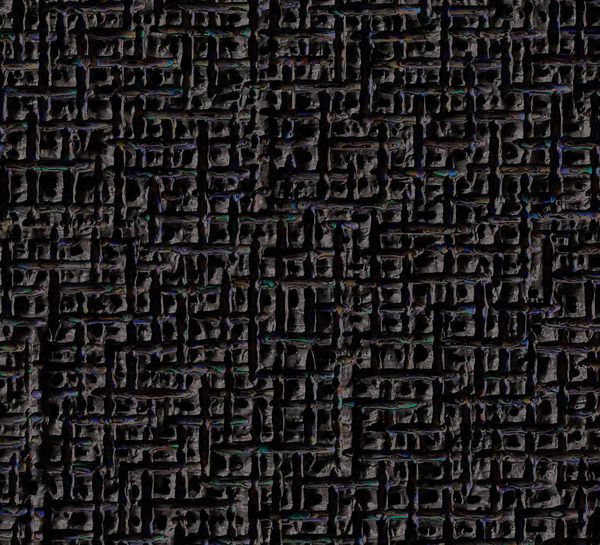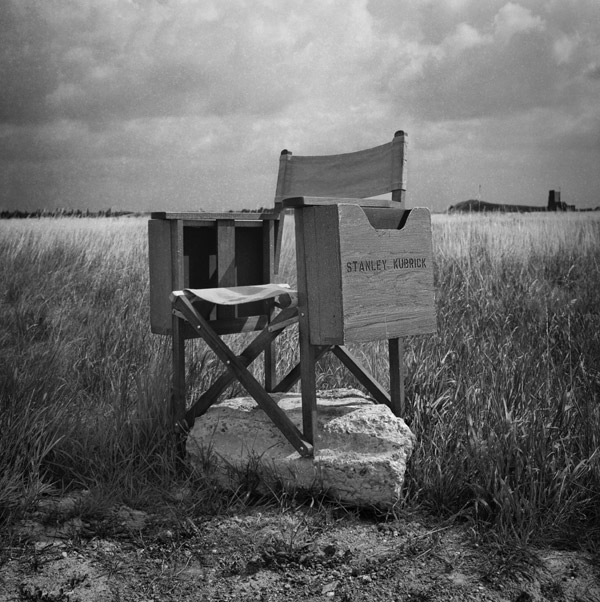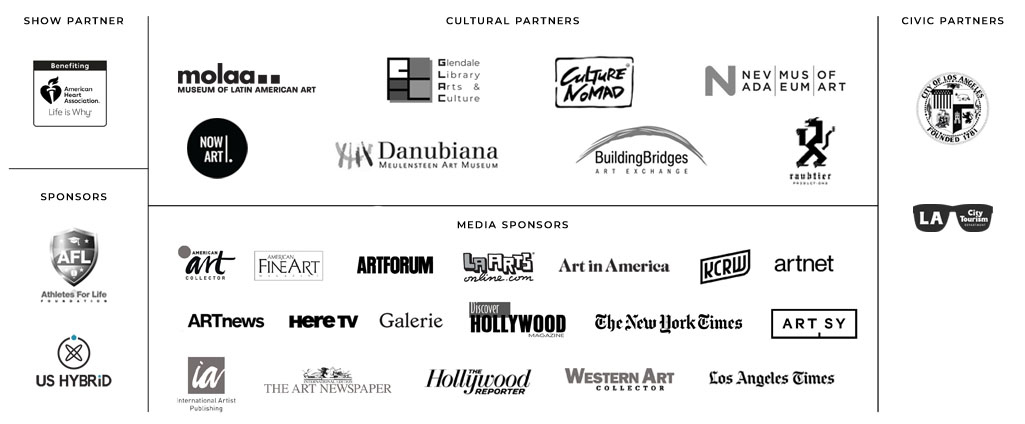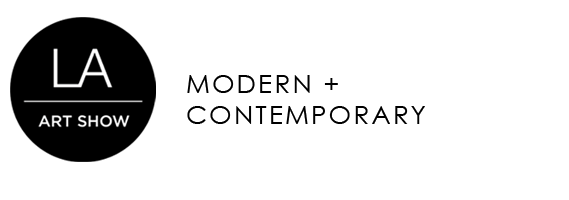Where the Streets Have No Name
Presented by Arushi Arts
Presented by Arushi Arts
Arushi Arts presents ‘Where the Streets Have No Name,’ a collection of works by emerging pop street artists from different parts of the world.
The collection showcases artwork by Riya Chandiramani, an Indian Artist from Hong Kong; a grid of small metal street signs by Los Angeles artist, Sellout; a Ceramic Skateboard Sculpture by Miami sculptor Jenna Helfman; work by British pop artist Marty Thorton; contemporary street artist, Roger James, from Los Angeles; and emerging British artist George Weait. Through generations, artists have been inspired by their milieu and these artworks illustrate a dialogue between the artists and their respective environments.
Juxtaposed against intricate South East Asian artwork, the artworks are displayed next to each other to give the viewer a sense of the unique nature of techniques used while sharing the notion of ‘their streets’ as the crux.
The collection showcases artwork by Riya Chandiramani, an Indian Artist from Hong Kong; a grid of small metal street signs by Los Angeles artist, Sellout; a Ceramic Skateboard Sculpture by Miami sculptor Jenna Helfman; work by British pop artist Marty Thorton; contemporary street artist, Roger James, from Los Angeles; and emerging British artist George Weait. Through generations, artists have been inspired by their milieu and these artworks illustrate a dialogue between the artists and their respective environments.
Juxtaposed against intricate South East Asian artwork, the artworks are displayed next to each other to give the viewer a sense of the unique nature of techniques used while sharing the notion of ‘their streets’ as the crux.
